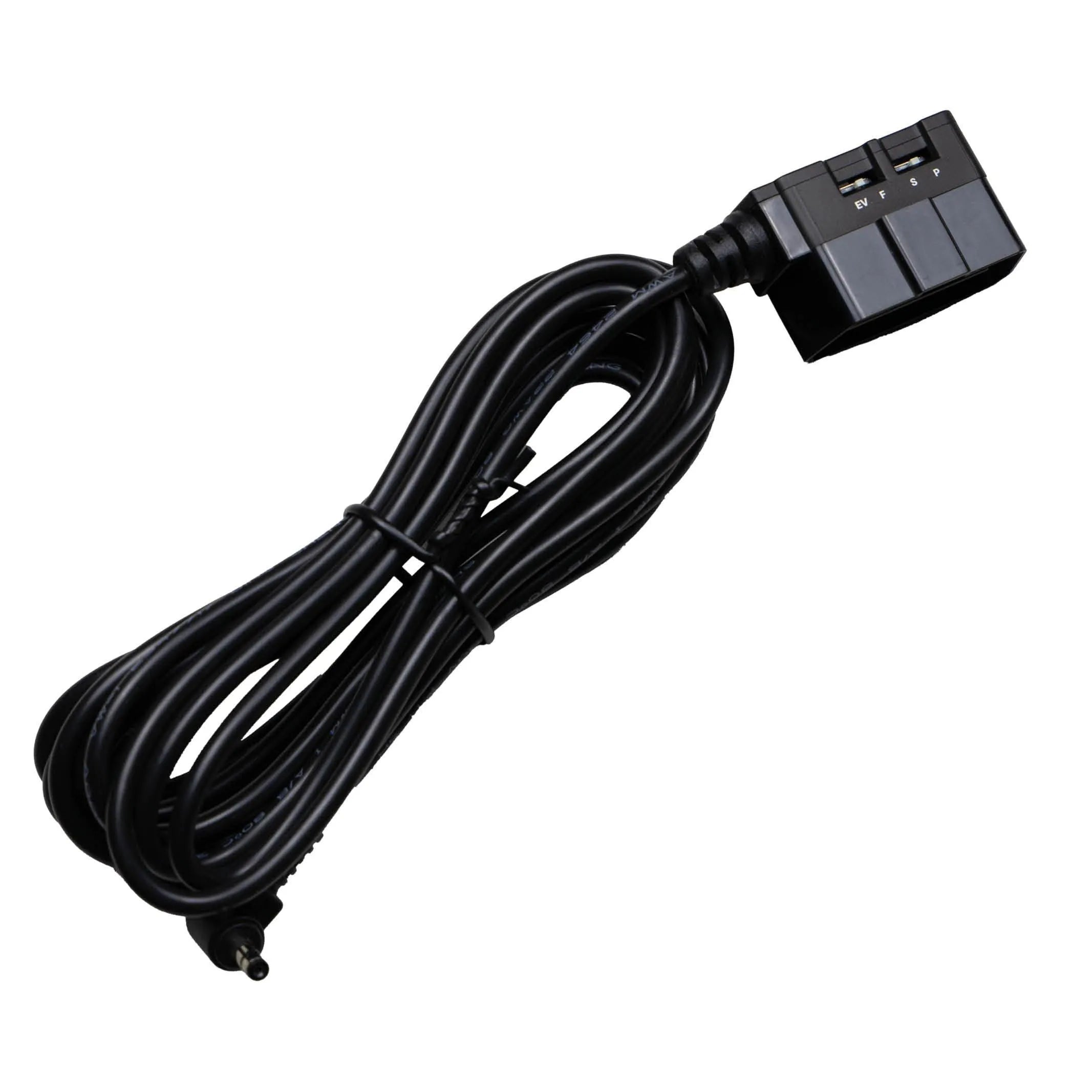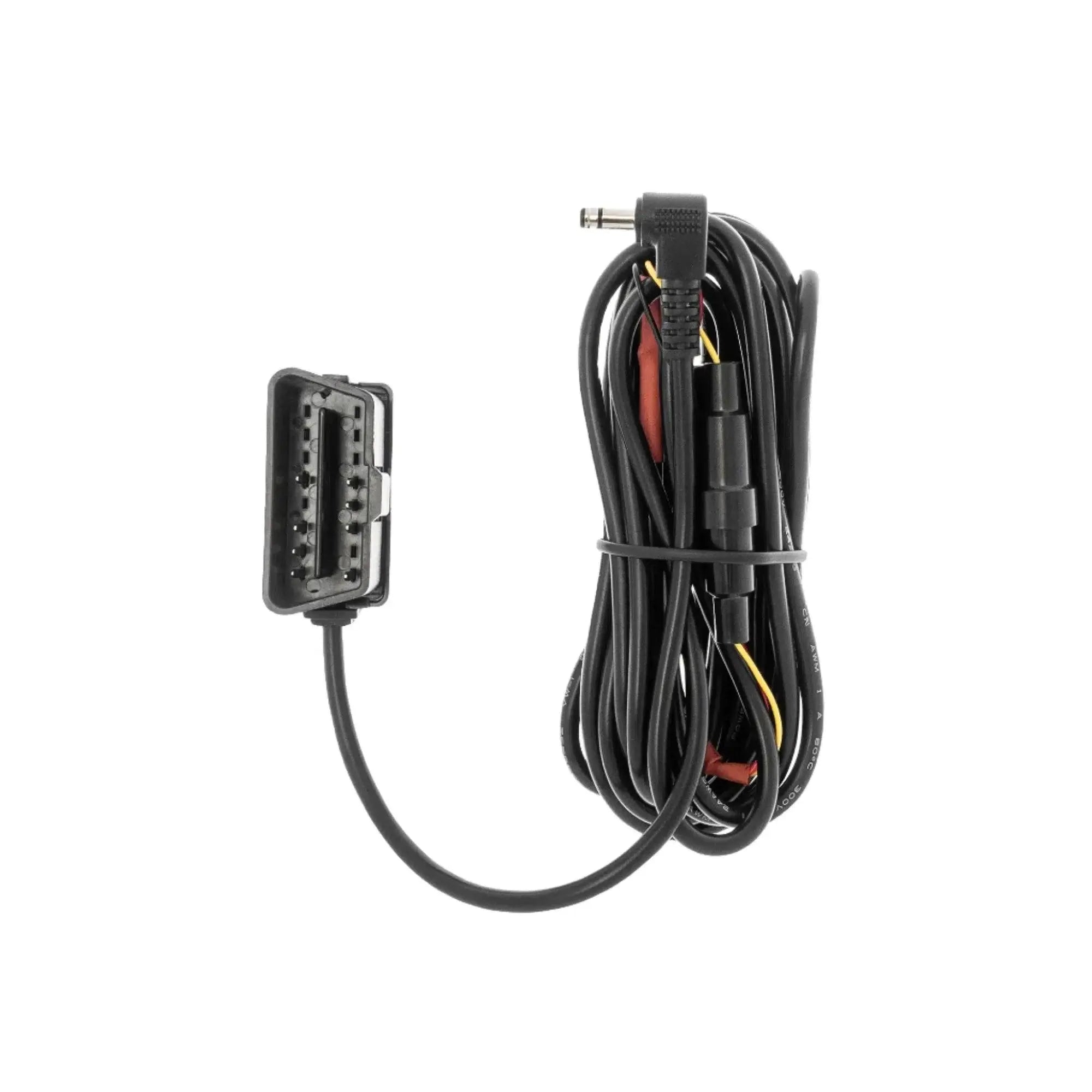Enabling parking mode through an easy plug-and-play solution
Setting Up with an OBD Power Cable
Enabling Parking Mode
If you want to enable your dash cam’s parking mode, you have three options to choose from – hardwiring, using a dash cam battery pack, or using an OBD power cable. While these parking mode kits depend on the dash cam you are using, it is important to know how each of them differs from one another.
In this article, we will focus on the OBD installation and show you how to activate parking mode through this method.
What is an OBD power cable?
First, let us define what OBD means. OBD is actually short for On-Board Diagnostics, which is the standardized computer system that all modern vehicles have equipped (models in 1996 and newer). The onboard computer system plays a crucial role in monitoring different electrical sensors throughout your vehicle.
For dash cams, an OBD cable provides a simpler and more convenient method for parking-mode recording over the traditional fuse box hardwiring method.
Instead of using a hardwire kit to connect to the vehicle’s fuse box, which can sometimes be a pain as the location of the fuse box can differ greatly between vehicles, the OBD cable connects to the OBD port, which is almost always found on the driver’s side near and around the steering wheel column.
Note for Electric Vehicle Owners: While the traditional dash cam installation to the fusebox is more common, it can take some time to test fuses and find a suitable ground. This process can be quite tedious and difficult for a first-timer or someone not too mechanically-inclined, and even with walkthroughs readily available. Newer electric vehicles (Tesla Model 3s, for example) do not have a fuse panel at all, this would make installing a parking mode enabled dash cam in the traditional sense, impossible. This is why for electric vehicles, we would recommend either installing via battery pack (through CLA) or installing with an OBD Cable.
Choose the right OBD-II power cable
The IROAD OBD-II IM-300 power cable and BlackVue OBD-II power cable are both compatible with various dash cams. They activate important parking modes such as Motion Detection, Impact Detection, Time Lapse Mode, and Energy Saving Mode.
Installation is simple; just plug the cable into your vehicle's OBD-II port, eliminating the need for hardwiring and complex panel removals. Once installed, your dash cam will receive continuous power, ensuring reliable performance while parked.
How to Set Up Your OBD-II Power Cable
Step 1: Find Your OBD Port
The OBD port in a vehicle is typically located to the left of the steering wheel and underneath the dashboard. It may also be under the steering wheel column. There may be a latch or cover that you need to remove/lift in order to access the port.
Once opened, the OBD cable simply needs to be plugged into the OBD port, which should be a universal fit.
Mount your dash cam against the window and make sure it's in the right spot.
Hide the leftover wires into any panels, gaps, up the A-pillar and through the headlining of the vehicle with your trim tool.
Step 2: Test Your Dash Cam
From here, plug your dash cam in, turn on your vehicle's ignition and power on your dash cam to see if it works properly. And if it does, then success! You have successfully installed your dash cam.
Now it’s just a matter of tucking the wires into any panels and gaps, up the A-pillar and through the headlining of the vehicle and into the dash cam.
If parking mode is not working for you, ensure that parking mode is turned on in the settings of the camera, and wait 5 minutes in the vehicle after the engine is off, as may be needed with specific vehicles.
Some OBD cables have a switch to enable parking mode on the cable, with it’s S/P switch, standing for Standard and Parking. Rest assured the Parking setting will still allow the camera to operate normally when the vehicle’s ignition is on.



